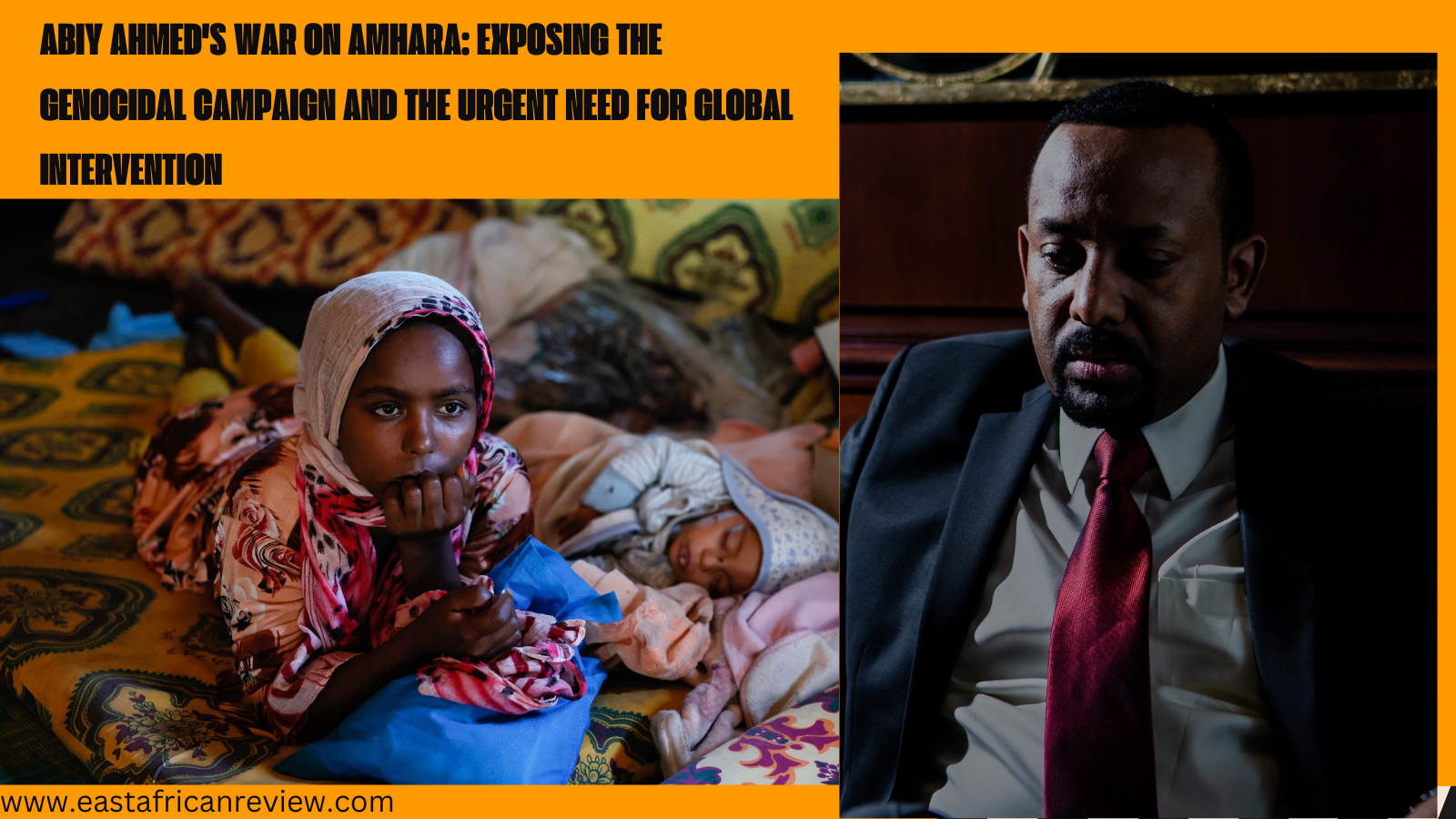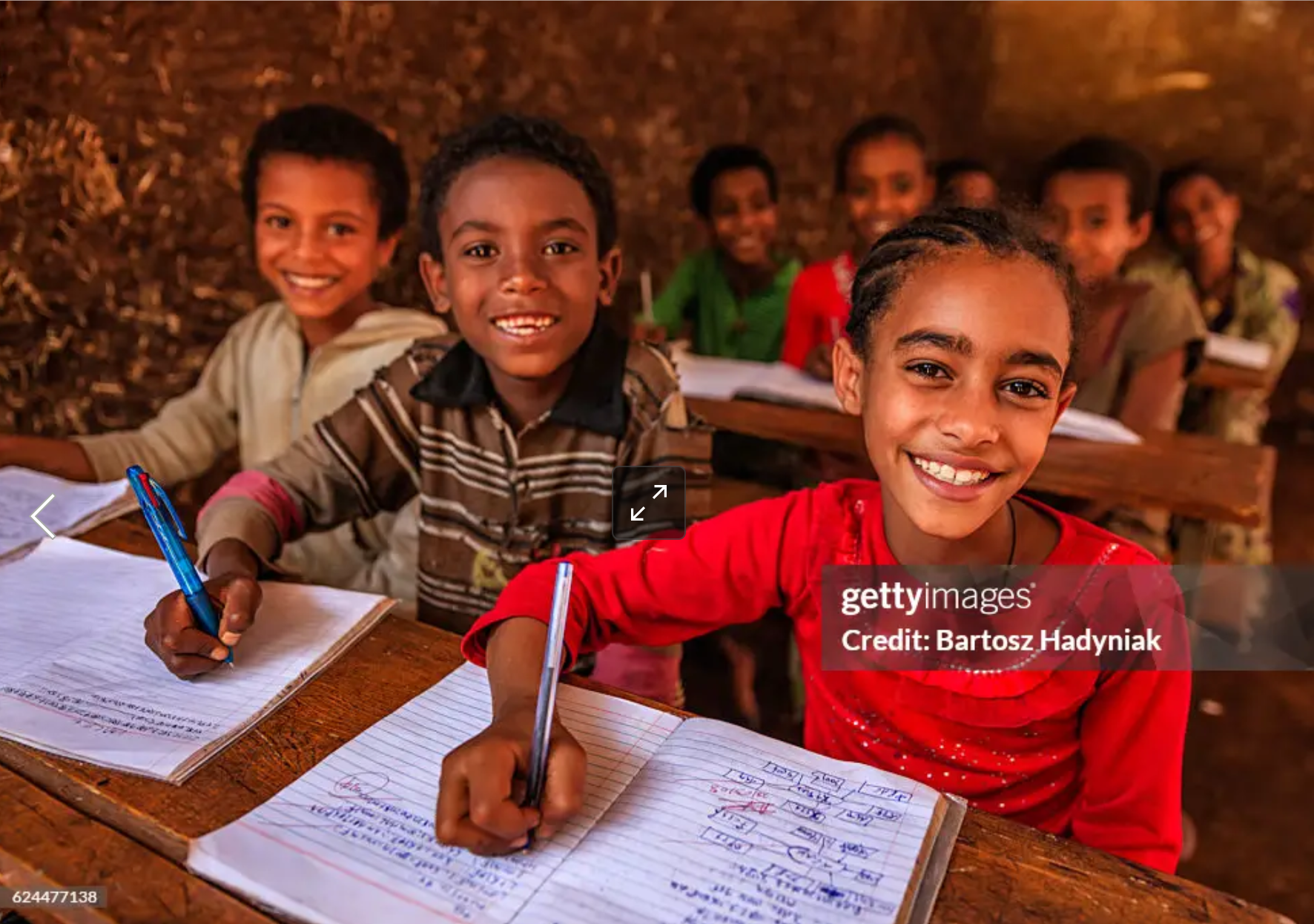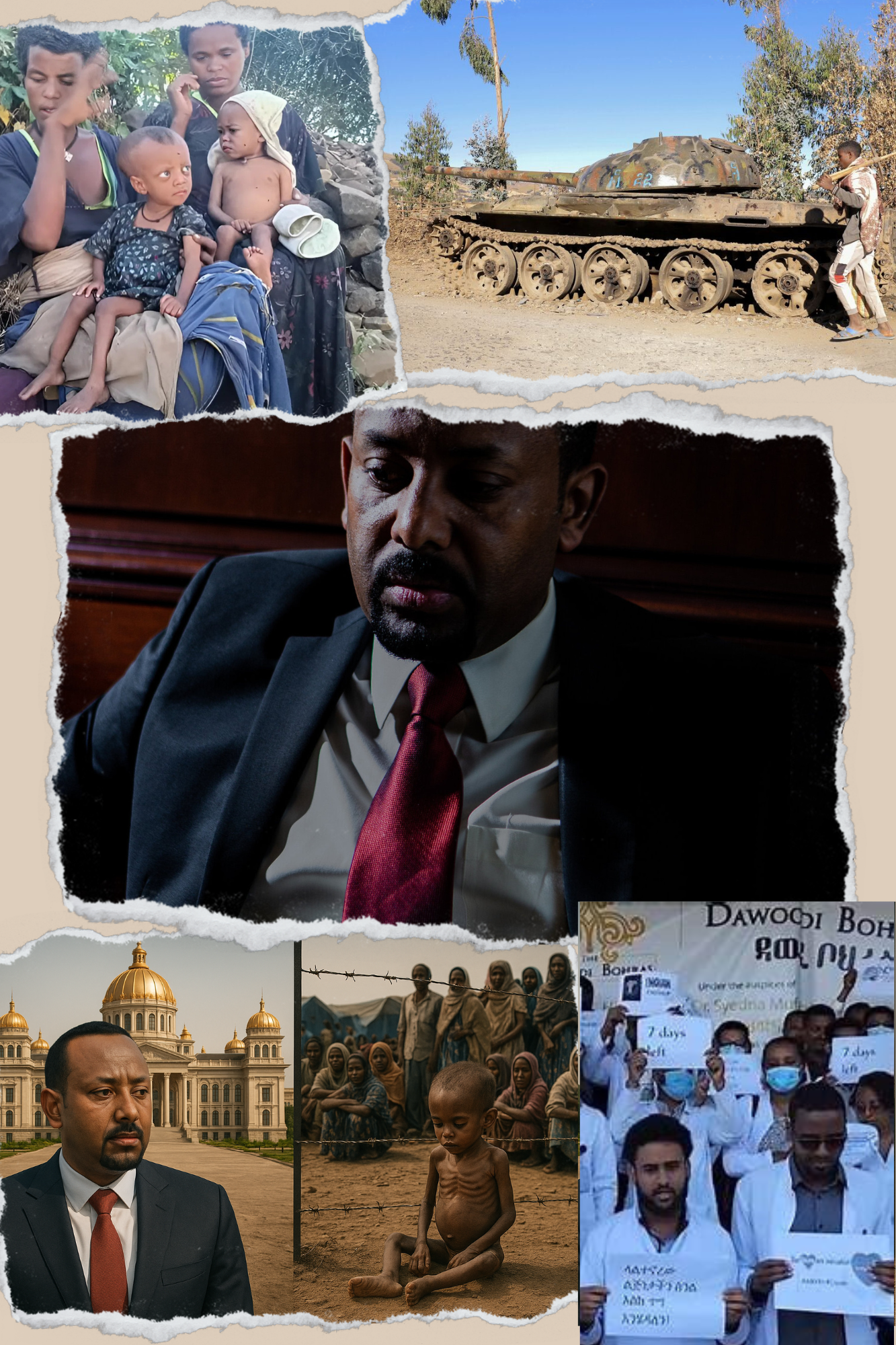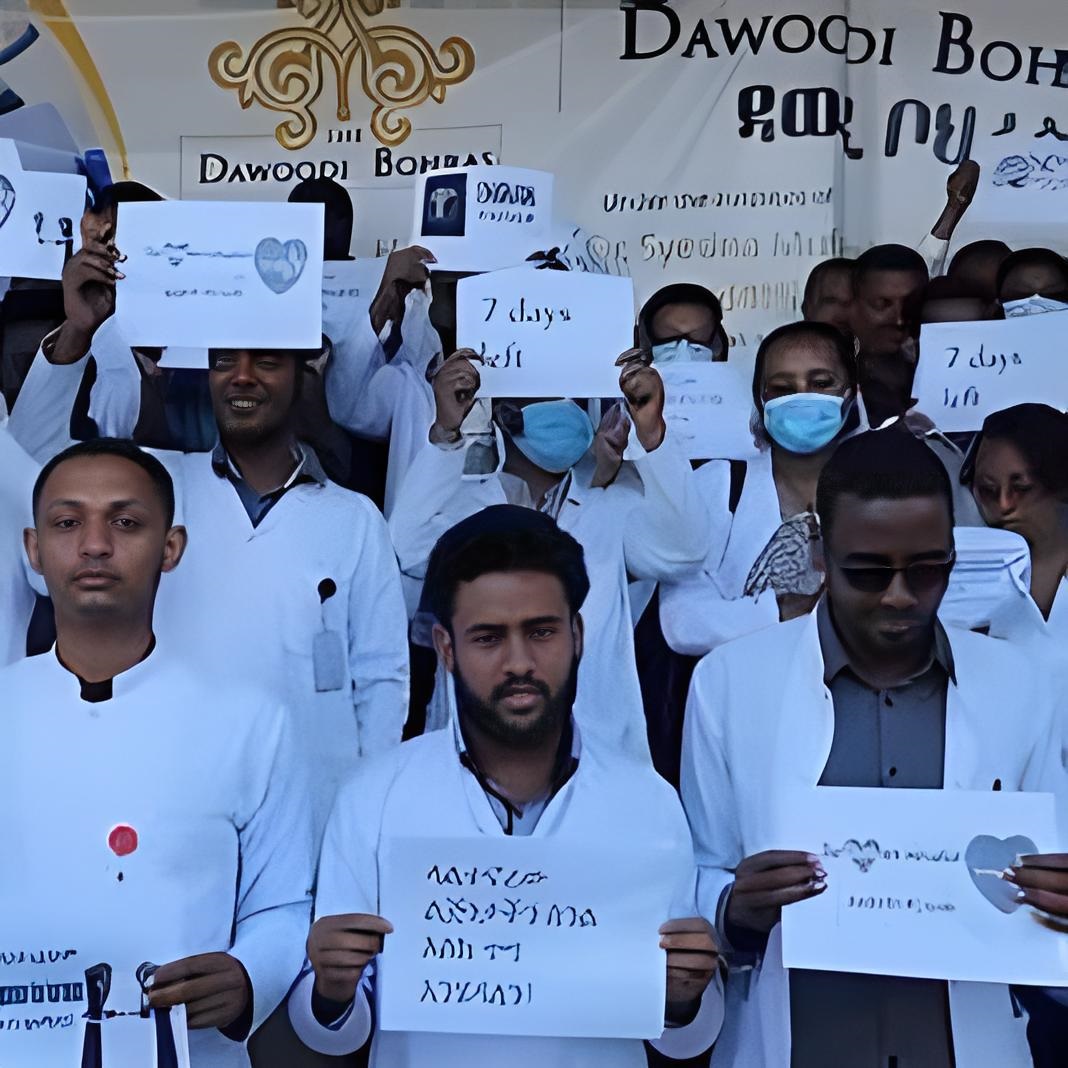Abiy Ahmed’s War on Amhara: Exposing the Genocidal Campaign and the Urgent Need for Global Intervention

Various political analysts and opinion leaders speculated that the current Ethiopian Prime Minister, Abiy Ahmed’s recent visit to Port Sudan on July 09, 2024 was to plea Sudan’s army chief, General Abdel Fattah Al-Burhan’s government closing the border between Ethiopia and Sudan through Amhara region if not for alliance to take Amhara Fano forces into pieces and continue its genocidal acts on the region’s civilian population. The result of the request is to be seen soon.
More than 14 months of terror, havoc and instability have elapsed since the incumbent PM waged war on the Amhara region and its people in April last year. Over the course of the spring of 2023, Amhara anger at Abiy’s government boiled over into armed confrontation.1 Genocidal acts have been gaudily visible since the stated time.
The “federal” government started this war to attain a “definite” triumph over the Amhara Fano forces and “stabilize” the region. But the conflict was protracted and reached this far. The more the Abiy’s regime dispatches military missions in every corner of the region and execute ruthless atrocities, the more the people show its disobedience to the government’s civil and security apparatuses in every level, and the youth being motivated with anger to join the Fano forces to defend their families and achieve freedom.
As a result, the Abiy’s government doesn’t have effective control on a numerous area of the region currently, especially in almost all countryside areas. Conversely, the Fano forces have been successful enough to realize victories on the “federal” government’s army – Ethiopian National Defense Forces, ENDF – over the course of time.
This article attempts to reveal atrocities the civilian people of the ethnic Amhara are facing. While many have been forced to flee the region and others faced cold-blooded murder in the way, the mass majority or millions are still suffering from the multifaceted war crimes of Abiy Ahmed. The population in the region is experiencing not only injustice, but also massacres every single day. These all entail the ongoing genocidal acts.
A variety of global institutions labeled what constitutes a genocidal act. For instance, the International Criminal Justice (ICJ) disclosed that a genocidal act is consisting of each of the five prohibited acts of genocide that must have been carried out intentionally. These are; ‘killing members of the group’, ‘causing serious bodily or mental harm’, ‘deliberately inflicting on the group conditions of life calculated to bring about its physical destruction in whole or in part’, ‘imposing measures intended to prevent births within the group’, and ‘crime of direct and public incitement to genocide’.2 Here under mentioned are some of the genocidal acts committed by the Abiy’s regime on the Amhara people in association with the above constituents, tips of the iceberg.
Based on these categories, the Abiy’s government has been and is continuing to commit these genocidal acts since it commenced its war on Amhara in the first half of last year. Looking at these specific labels in contrast to the maneuvered and committed acts is essential here. But it’s vital as well to note that what is pointed out here as examples are from what have been reported so far. This is because the entire Amhara region is under-reported because the regime has prohibited international news media.
Bombing Civilians
Apart the most noted massacre and the summary execution of civilians in Merawi, a town in the region, drone attacks and heavy shelling against civilians have been common practices of the regime since the war embarked on.3 People in different sporadic parts of the region have experienced these bombings. Airstrikes and drone attacks on civilians have been manifested repeatedly.
Rights organizations, including a UN commission and an Ethiopian state-funded one, accuse the authorities of mass killings of Amhara, including in several airstrikes, and arbitrary detentions.4 But the international community is paying lesser attention to these mass killings on a selected ethnic group in Ethiopia.
Mass Arrests and Arbitrary Detentions
Right after the Abiy’s regime started its military operation on Amhara forces, the first emergency was declared in August 2023 and thousands of ethnic Amharas were arrested immediately and arbitrarily in Addis Ababa, inside the region itself, and in other parts of the country. The Office of the High Commissioner for Human Rights (OHCHR) reported weeks later that over 1,000 people, many reportedly ethnic Amhara, had been arrested under the law.5 This was only in the beginning. It could be guessed how much could have been arrested then after until this time.
Marvelously, the government [Abiy’s regime] has stated that it was holding suspects in makeshift detention centers, such as schools, in five locations.6 These doesn’t even include the arbitrary detentions of ethnic Amharas conducted in the past nine months after this cited report was released in the past November. The practice of coercion, marginalization, and even keeping citizens in concentration camps is piling up.
In line with the mentioned crimes, Conflict Related Sexual Violence (CRSV) as well has been part of the criminal acts. Women have been raped by the ENDF soldiers in various areas of the region.
Healthcare Destruction
The majority of the health facilities in the rural areas of Amhara region are not functioning. The regime’s merciless military movements hampered the functioning of these health facilities. The health problems resulting from the conflict are countless in kind and volume.
Since the outbreak of hostilities in August 2023, at least until May 2024, the Ethiopian military and other security forces have carried out attacks on health care in 13 towns in Amhara region.7 This is a simple indicator of the health system destruction throughout the region, bearing in mind the time of this report was released.
Correspondingly, the destruction of health facilities has been accompanied with killing of the health workers in the region. According to HRW, the government security forces, including Ethiopian military, police and militia, have killed health workers and patients, threatened and assaulted doctors, wrongfully arrested patients, looted and destroyed medical supplies, and misused healthcare facilities. They have targeted ambulances; at least in one apparent drone strike.8 This case of health facilities’ destruction is under-reported, like the other cases.
Restricted Services
The region is now with fragile government services. The [“federal”] government has restricted mobile phone services outside major towns and cut off internet access since August 3 (after restoring it in July). Many schools remain shuttered while banks face a high risk of robbery due to the anarchic situation.9 Essential services such as telecommunications, electric, bank, transport and others have been restricted in the region. The reality on the ground shows the complex hardship people are encountering every day.
Public or any transport was also unusual. Transport to and from the region has been severely restricted since early August, including for humanitarian workers, exacerbating economic woes and disrupting essential public and private services.10 The restriction of these services has exacerbated the failure of the region’s economy in many ways and overwhelmingly affecting the country’s economy.
More unpredictably, Amhara residents who previously relied on the government’s community-based health insurance program have been instead left with the choice of buying expensive medications from private pharmacies or forgoing treatment altogether.11 What constitutes a genocidal act/s other than these ones, then?
Displacements
The Amhara people have been displaced from their residences since the regime embarked war. Based on a Congressional Research Service (CRS) report on January 11, 2024, attacks on civilians by armed actors in Oromia, Benishangul Gumuz, and Amhara states have fueled displacement, and security forces have been criticized for failing to protect civilians.12 Several households have been moving from place to place as a result of the Abiy’s war within the region.
The number of Internally Displaced People (IDPs) is increasing alarmingly. But no one is paying serious attention to this and on the conflict/war at large. No other tangible evidence can be brought than these atrocities to show that Abiy is committing genocidal acts on the Amhara people.
Solutions
The crisis in the Amhara region is continuing with no sign that the Fano forces will end their armed struggle any time soon.13 The Abiy government as well, has shown no sign of halting its military missions in the region and set a peaceful mechanism to solve the conflict. Some concerned bodies have been forwarding the way outs from this deadly clash.
The International Crisis Group (ICG) provided its own standpoint in November 2023 in order to solve the current situation. It states that Abiy should reach out the Amhara’s armed resistance group to negotiate an end to the violence. His government should follow up by pursuing talks among Ethiopia’s competing regional factions to address interlocking disputes. African leaders, the U.S. and the European Union should encourage the government to pursue this much-needed dialogue.14 But theses bodies must ensure that both parties are ready for talks.
These institutions need to create a device/s to contact both warring parties in an attempt to prevent further bloodshed and civilian casualties. The International Crisis Group offered further solution by suggesting ceasefire and/or peace negotiation. It states that although Abiy appears inclined to press ahead fighting the Amhara Fano forces; a military approach alone is unlikely to work. Rather, he should take advantage of the power he has amassed to pursue peace with his opponents.15 Though few states and non-state actors are calling for ceasefire and advising the PM to stop bombing his own people, changes are far enough. Not only is the crisis affecting the country, but there are also alarming possibilities that the entire Horn of Africa (HoA) could be affected by the turmoil’s spillover. Hence, immediate ceasefire followed by responsible and inclusive political negotiations are the best way outs. The Abiy’s government should hold back its war on the Amhara people immediately and call for an honest peace pact.
Conclusions
The Abiy’s ENDF doesn’t seem to terminate its military operations on Amhara people, with a disguise of stabilizing the region. Again, the Fano forces have endured all the gridlocks and are standing for their freedom. A stalemate couldn’t be a solution in time; the civilian population of the region is and will continue suffering from all the costs of the war.
Adding up all the moderately listed atrocities, extrajudicial killings, drone and airstrikes, mass detentions, displacements, and restriction of services, one can easily conclude that the Abiy regime is committing genocidal acts on the Amhara population. Though the region is purposely closed from international attention, few prototypes have been coming out which disturb a healthy human being’s mind. All the listed genocidal acts have been the experiences of the Amhara population since Abiy’s government launched a genocidal war on the region and its people.
In conclusion, the analysis of unmasking Abiy’s genocidal campaign presented above highlights the urgent need for a change in leadership in Ethiopia. The premises demonstrate that Abiy Ahmed’s regime is actively committing genocide, and his removal is necessary for the nation’s progress. A negotiated settlement involving key stakeholders is essential to ensure a peaceful transition and pave the way for a more inclusive and representative government. The future of Ethiopia depends on collective action towards a more stable and prosperous future.
Formatting Note: This op-ed has been updated to reflect new information and provide additional clarity.
Mr.Tingirtu is a former Assistant Professor of Sociology at Jigjiga University, Ethiopia (until [May, 2023]). Due to the deteriorating political situation in Ethiopia, the author is forced to immigrate to the United States, where he continues to advocate for human rights and social justice. Mr.Tingirtu can be reached at [email protected]
EAR Editorial Note : This is the author’s viewpoint and Views in the article do not necessarily reflect the views of EAR
Endnotes
- International Crisis Group (ICG), “Ethiopia’s Ominous New War in Amhara” (November 16, 2023).
- ICJ, “Case Concerning Application of the Convention on the Prevention and Punishment of the Crime of Genocide (Croatia v. Serbia)”, (Judgment of 3 February 2015).
- Yitayal Andualem Ademe, “Abiy’s forces deliberately attacked civilians in the Amhara region of Ethiopia” (May 30, 2024).
- International Crisis Group (ICG), “Ethiopia’s Ominous New War in Amhara” (November 16, 2023).
- OHCHR, “Ethiopia: Deteriorating Human Rights Situation” (August 29, 2023).
- International Crisis Group (ICG), “Ethiopia’s Ominous New War in Amhara” (November 16, 2023).
- HRW, “’If the Soldier Dies, It’s on You’: Attacks on Medical in Ethiopia’s Amhara Conflict” (July 03, 2024).
- HRW, “’If the Soldier Dies, It’s on You’: Attacks on Medical in Ethiopia’s Amhara Conflict” (July 03, 2024).
- International Crisis Group (ICG), “Ethiopia’s Ominous New War in Amhara” (November 16, 2023).
- International Crisis Group (ICG), “Ethiopia’s Ominous New War in Amhara” (November 16, 2023).
- HRW, “’If the Soldier Dies, It’s on You’: Attacks on Medical in Ethiopia’s Amhara Conflict” (July 03, 2024).
- Lauren Ploch Blanchard, Congressional Research Service (CRS), “Ethiopia: In Brief” (January 11, 2024).
- Atrsaw Necho and Yared Debebe, Rift Valley Institute, “Understanding the Fano Insurgency in Ethiopia’s Amhara Region” (February 2024).
- International Crisis Group (ICG), “Ethiopia’s Ominous New War in Amhara” (November 16, 2023).
- International Crisis Group (ICG), “Ethiopia’s Ominous New War in Amhara” (November 16, 2023).




